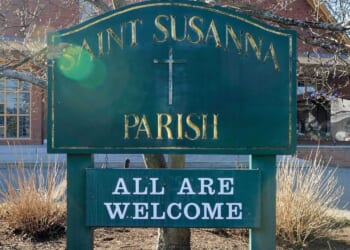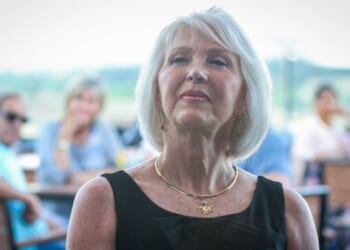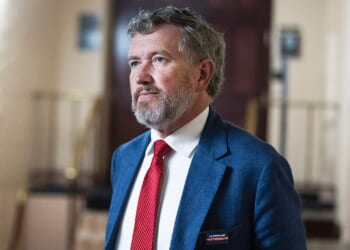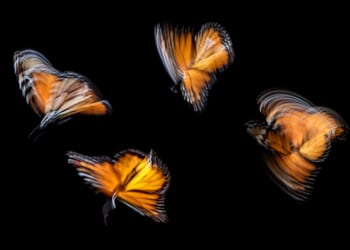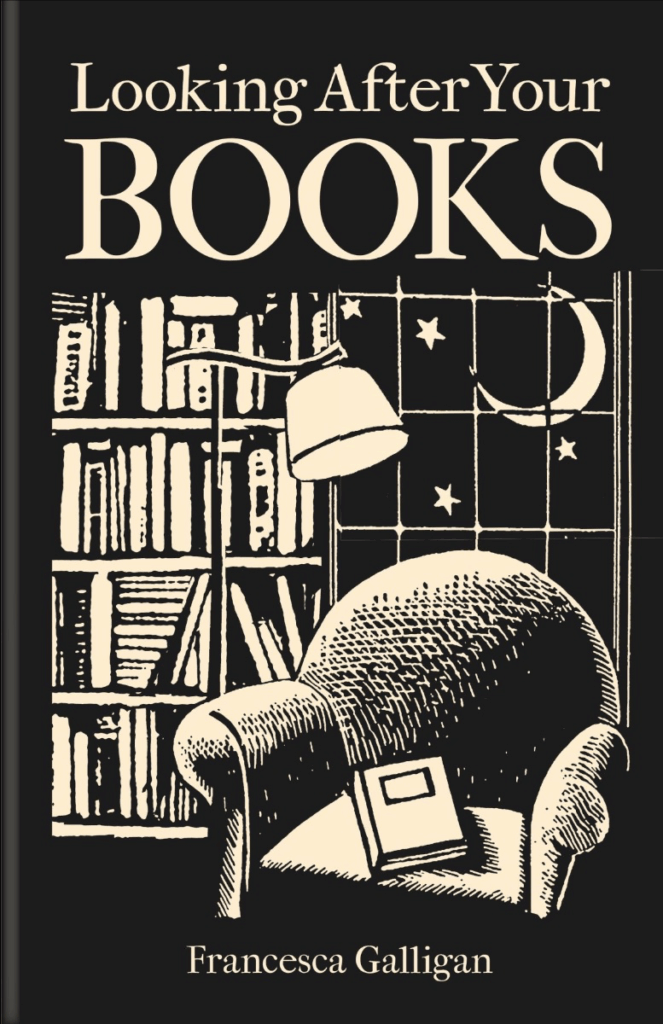
Looking After Your Books, by Francesca Galligan (Bodleian Library Publishing): Whether you have the aspirations of a Henry E. Huntington or are more often simply hunting for the next page-turner, it’s useful to think of the volumes in your possession as a collection, as Francesca Galligan of the Bodleian Library explains in Looking After Your Books. “Collecting does not have to be expensive or time-consuming,” she notes, “though it could be both if that suits you.” With chapters on amassing, organizing, and maintaining your collection, and frequent glances at storied collectors from Petrarch and Richard de Bury to J. P. Morgan and the Folgers, this guide will be especially handy when books begin piling up over the holidays. —RE
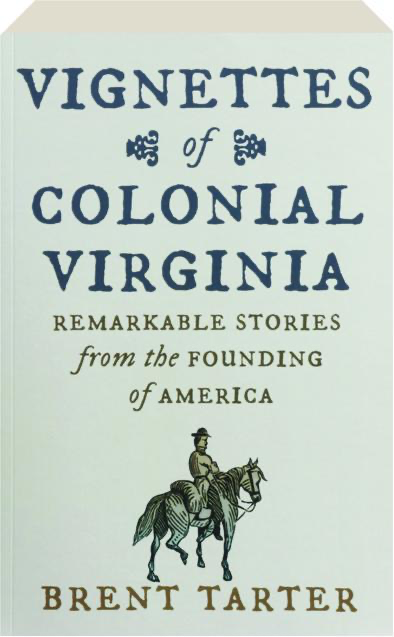
Vignettes of Colonial Virginia: Remarkable Stories from the Founding of America, by Brent Tarter (UVA Press): For those wishing to brush up on their Colonial history as we approach the semiquincentennial of the American Revolution, Brent Tarter has offered up a sometimes delightful, sometimes sobering microhistory of Virginia, America’s oldest, richest, and most populous colony. Tarter is the greatest living historian of the Old Dominion, and his supreme command of the material, from Jamestown to 1776, is evident on every page, where primary sources abound and are allowed to speak for themselves. Tarter relies primarily on legal documents to reconstruct the lives of gentlemen and women, slaves and Native Americans, including a witch convicted in 1706 after a committee of women examined her person and identified “two things like titts,” which were presumed to have nursed the devil. Although Vignettes of Colonial Virginia sometimes indulges in the usual academic anticolonial pieties (the Jamestown settlers are repeatedly called “invaders”), the merits of this anthology of ordinary and extraordinary Virginians more than make up for the trendy shibboleths. —AG
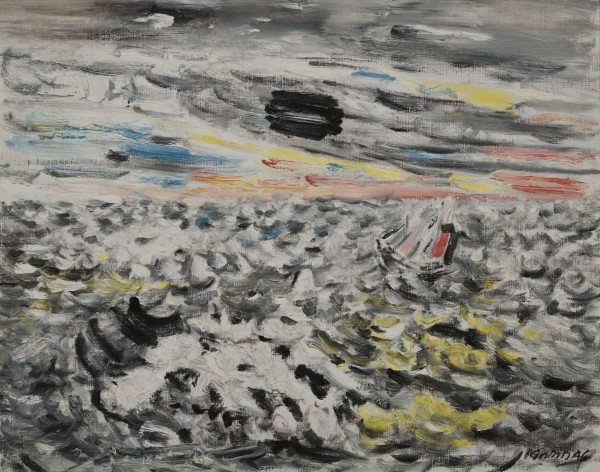
“John Marin: Communing with the Colossal,” at Schoelkopf Gallery (through December 12): Speed is a recurring theme in the work of John Marin (1870–1953), the early American modernist who set his compositions to the New York minute. “Communing with the Colossal,” a major survey now on view at Schoelkopf Gallery, presents the dynamic range of this pioneering artist with over seventy works and ephemera drawn from his family and the painter’s newly formed foundation. Whether portraying the docks of Hoboken or the coast of Maine, Marin depicted an accelerated world through slashing lines, simplified forms, and a remarkably reserved application of watercolor and oil. This sizeable exhibition, his largest since the 1971 Whitney retrospective, makes a convincing case for Marin’s preeminence among the modern masters. —JP
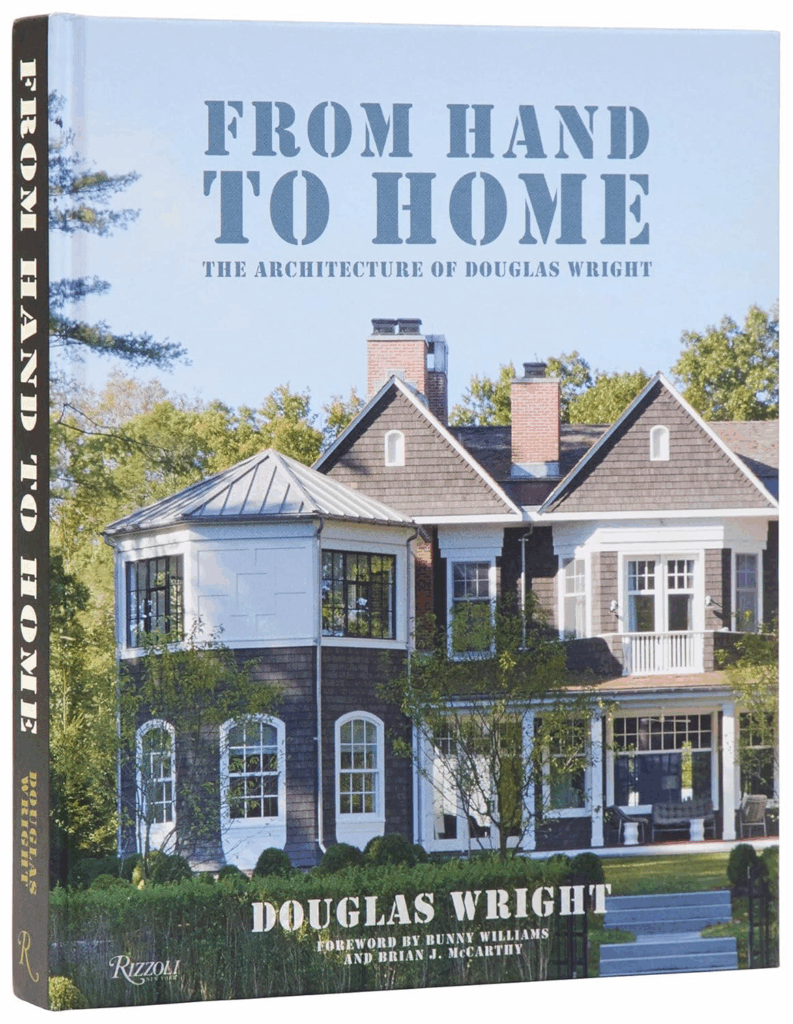
From Hand to Home: The Architecture of Douglas Wright, by Douglas Wright (Rizzoli): In his new book featuring his own architectural designs, Douglas Wright sagely notes that “[e]very interior starts in the architecture.” It’s no surprise, then, that Wright began his career in the offices of Parish-Hadley, the famed firm of decorators whose sure hand has graced some of America’s finest interiors. As Wright tells it, his time at Parish-Hadley “became a five-year education in how people want to live.” While Wright’s exterior designs are accomplished, deftly blending classical forms and contemporary innovations, it’s his interiors that are, to my eye, his forte. Wright gives us a graceful, curved foyer in a Philadelphia apartment that recalls the elegant forms of Edwin Lutyens, and a shared bathroom in a waterfront Massachusetts house that nods to the cabin of a ship, among many other winning interior designs. The architect’s attractive watercolors and sketches are peppered throughout the text, showing a mind constantly at work. —BR
Dispatch:
“Blame Biden for the affordability crisis,” by James Piereson. On the economic fallout of the Biden administration’s policies.
From the Editors:
“The attack on the Heritage Foundation is an attack on MAGA”
Roger Kimball, The Spectator World
From the Archives:
“Saving Rupert Brooke,” by Gloria G. Fromm (September 1987). On The Neo-Pagans: Rupert Brooke & the Ordeal of Youth, by Paul Delany.


